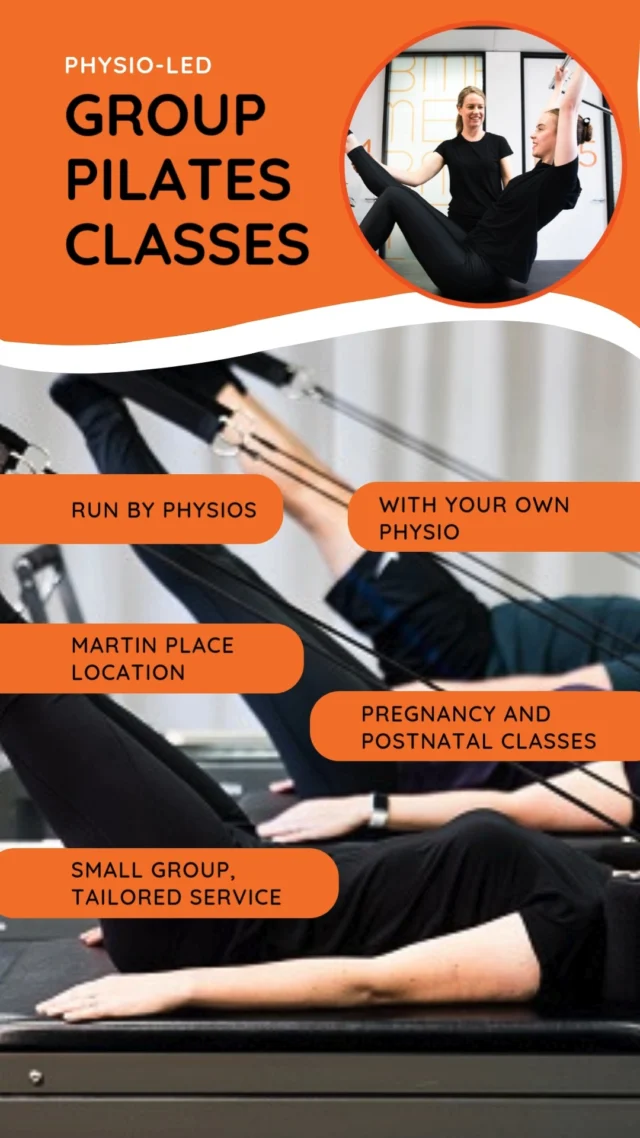The adductors are a group of three muscles which exist in the inner thigh which have a large number of functions that help control the leg and stabilize the pelvis with activities such as running, sprinting, accelerating, and jumping. A big emphasis in strength training, rehabilitation and preventative programs is placed on the abductor muscle groups such as the gluteals, however less attention is placed on the adductors and inner thigh muscles. The adductor muscle group is the second most commonly injured muscle in soccer players and with a recovery time of up to 20 weeks is a muscle group which should be focused on and not forgotten.1
The adductors comprise of the adductor magnus, adductor longus and adductor brevis which commonly originate on the pubic rami (the front of the pelvis) and distally insert on the Linea aspera, the adductor magnus which acts with the hamstring muscle group has additional attachments at the ischial tuberosity and adductor tubercle.
The adductors as a group are responsible for bringing the legs inwards towards each other (adduction) when the leg is extended and stabilizing the pelvis in more controlled activities such as walking. Adductor longus has a specific role in completing medial rotation of the thigh and adductor magnus has a role in extending the hip.
Weakness and injury to the adductor muscle group can lead to problems such as groin pain, hip pain, and knee pain. Studies in rugby players have shown that if the ratio of abductor to adductor strength is less than 80% the injury risk is 17x higher than those who have a greater than 80% ratio.2
Exercises that help build strength for the adductor muscles are therefore crucial for rehabilitation of the groin, hip and knee and should be a part of any sports related prevention programs. Exercises that focus on the adductors include:
- Thigh squeezes with ball.
- Standing hip adduction with bands.
- Copenhagen hip adduction exercises.
- Seated hip adduction exercises.
If you need help adding in adductor exercises to your routine get in contact with our experienced Physiotherapists here at Bend + Mend.
References:
- Serner A, Mosler AB, Tol JL, Bahr R, Weir A. Mechanisms of acute adductor longus injuries in male football players: a systematic visual video analysis. Br J Sports Med. 2019 Feb;53(3):158-164.
- Eckard TG, Padua DA, Dompier TP, Dalton SL, Thorborg K, Kerr ZY. Epidemiology of Hip Flexor and Hip Adductor Strains in National Collegiate Athletic Association Athletes, 2009/2010-2014/2015. Am J Sports Med. 2017 Oct;45(12):2713-2722.





